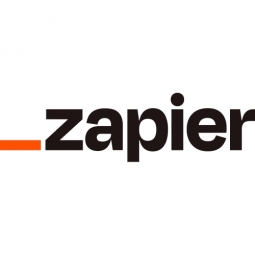Automating Invoice Creation and Reducing Manual Work: A Case Study on Covalence Coding Bootcamp
- Application Infrastructure & Middleware - Event-Driven Application
- Cement
- Equipment & Machinery
- Time Sensitive Networking
Covalence, a coding bootcamp, was facing challenges in managing their growing number of students. With the increase in admissions, the bootcamp had to scale their processes at the same rate as their growth. One of the major issues they faced was the manual work involved in creating invoices for new students. The process involved creating a profile for the new student in their customer relationship manager (CRM), then jumping into their accounting software to build an invoice, copying over the student's information, and finally emailing the invoice to the new student. This was a time-consuming and inefficient process. Moreover, the custom backend that Covalence's Chief Technology Officer, William Johnston, and his team had built to connect all their tools lacked flexibility and was cumbersome to modify or add new tools.
Covalence is a coding bootcamp that aims to transform their students from beginners to software developers. They offer a 10-week full-stack development bootcamp for individuals seeking a career change and a one-week front-end fundamentals course for designers and marketers. Since its inception in 2015, Covalence has expanded from one location in Alabama to five locations across three southeastern states. With a growing number of admissions, Covalence needed to scale their processes to match their growth rate, which led them to automate their workflows.
To address these challenges, Covalence transitioned to using Zapier, an app automation tool. With Zapier's automated workflows, called Zaps, Covalence was able to build connections between apps as needed. This allowed them to easily switch to a new software or application by simply swapping apps in their Zap. One of their most essential Zaps automated the creation of Quickbooks invoices. Covalence used Zapier to automatically create invoices, email them to students, and update their CRM, Pipedrive, once paid. For every new deal in Pipedrive, Zapier created a person in Quickbooks and then built an invoice. Next, Zapier updated Pipedrive that the client had been invoiced. Covalence then sent the invoice, delaying it a couple of hours with Delay by Zapier. When the invoice was paid, another Zap updated the deal, freeing up the accounting team from having to manually update each deal as paid.
Related Case Studies.











